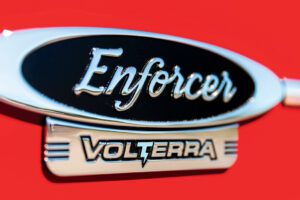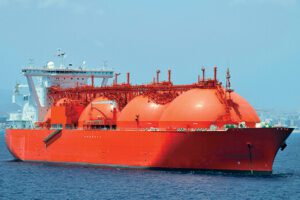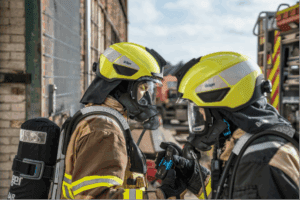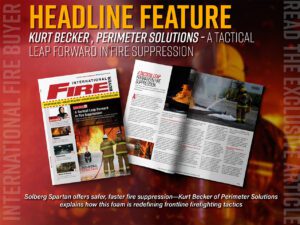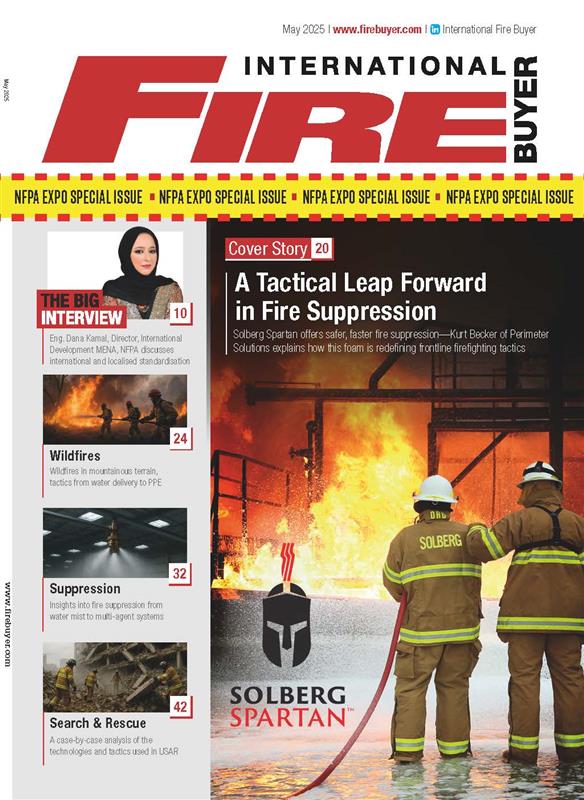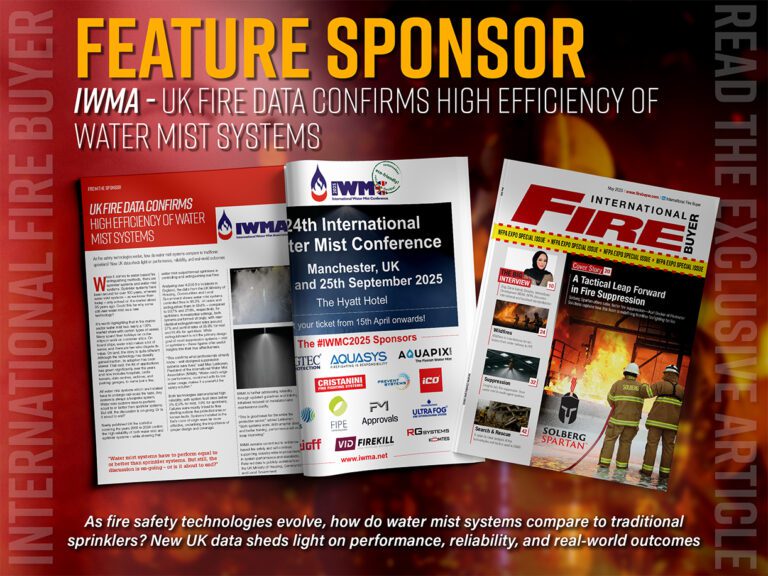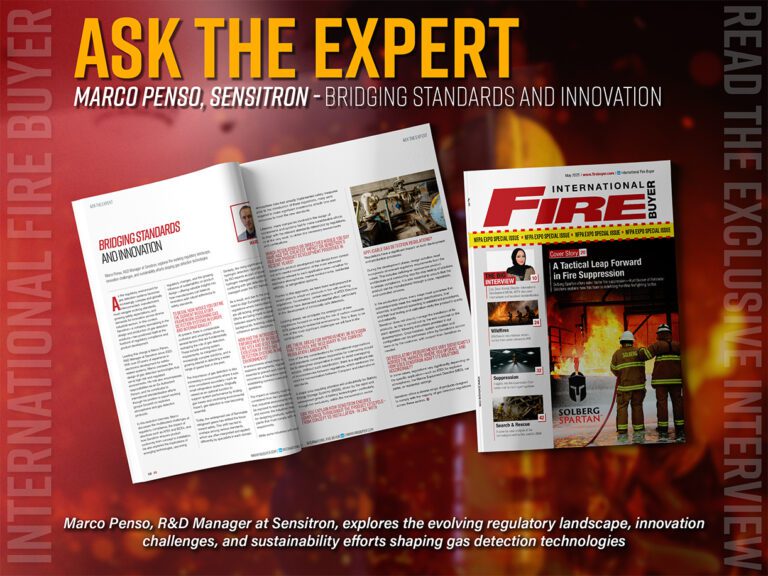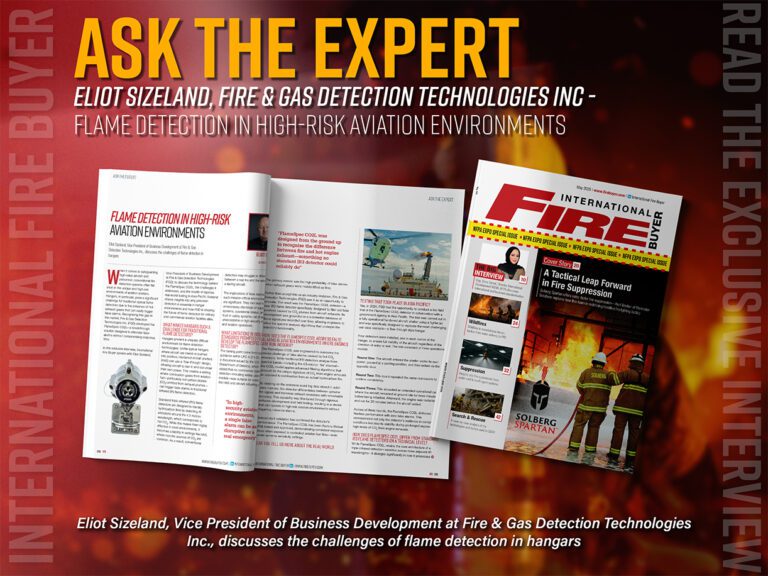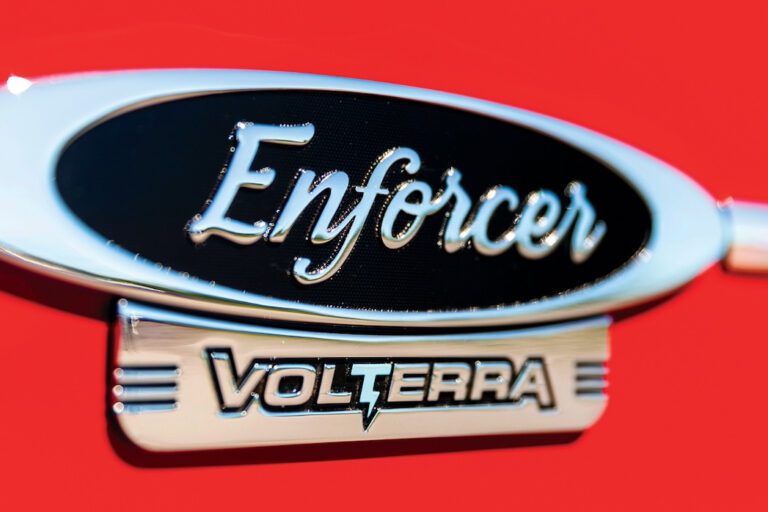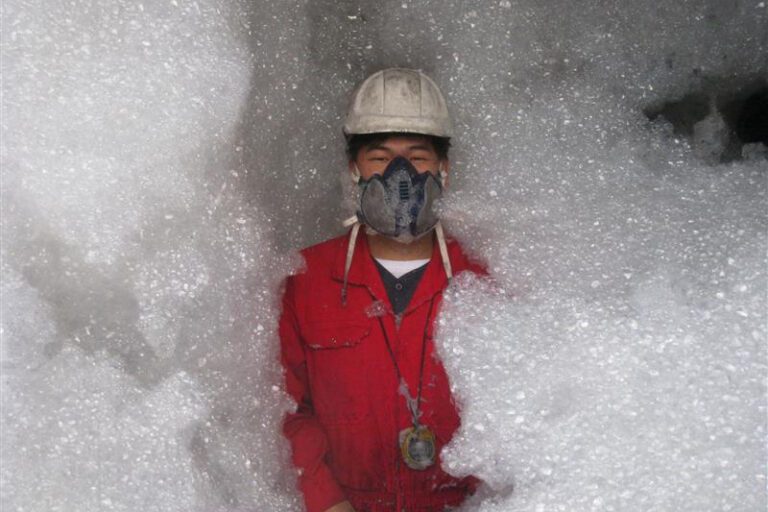Solberg Spartan offers safer, faster fire suppression—Kurt Becker of Perimeter Solutions explains how this foam is redefining frontline firefighting tactics.
At FDIC International 2025, held this April in Indianapolis, Perimeter Solutions officially unveiled the Solberg Spartan 1% fluorine-free Class A/B foam concentrate—a solution that has the potential to transform the way fire departments across the globe approach fire suppression. Designed to tackle the realities of modern fires with enhanced speed, safety, and efficiency, Spartan was developed with firefighters in mind—by those who have lived the job.
While foam has long been used in certain industrial and aviation firefighting scenarios, many municipal fire departments have continued to rely primarily on water due to habit, budget constraints, or concerns around PFAS-based foams. Spartan challenges these historical limitations with a formulation that is both environmentally responsible and operationally superior. It offers departments the ability to improve knockdown speed and reduce water usage—without compromising firefighter safety or requiring new infrastructure.
To find out more about this revolutionary foam, Rebecca Spayne of Fire Buyer caught up with Kurt Becker, Business Unit Controller for the Americas Suppressants Division at Perimeter Solutions and a former career firefighter. Perimeter Solutions positioned Spartan not as a new product, but as a genuine advancement in fireground tactics. “In just the US alone, firefighters are responding to over a million structure, vehicle, and dumpster fires every year,” Becker said. “And in most of those cases, they’re still relying on the same extinguishing agent we’ve used for the last 300 years—plain water. It’s time to challenge that mindset.”
Designed to Perform Where It Matters Most
Solberg Spartan’s core promise lies in its measurable impact on fireground performance. It delivers 40% faster knockdown times compared to water alone, effectively shortening the duration that firefighters must remain in IDLH (Immediately Dangerous to Life or Health) environments. “That’s not just about putting a fire out faster,” Becker explained. “It’s about protecting our people from excessive cardiovascular stress, heat exposure, and the growing threat of cancer-causing toxins released during combustion.”
This improvement in knockdown performance also drives a substantial reduction in water usage. With Spartan, departments can achieve full extinguishment with 40% less water than typically needed. “In water-scarce areas like the American Southwest, cutting water usage is a big deal,” Becker added. “But even beyond those regions, it makes a difference. The less water used, the less property damage you leave behind,” Becker added.
That concept is critical to fire departments focused not only on life safety but also on property conservation. In municipal and suburban settings, particularly those with commercial or multifamily occupancies, water damage can create as many complications as fire damage. “If a homeowner experiences a fire and the crew uses 2,000 gallons of water instead of 5,000, the cleanup is faster, the costs are lower, and the homeowner gets back in sooner,” Becker said. “The same goes for businesses—less downtime, fewer losses.”


